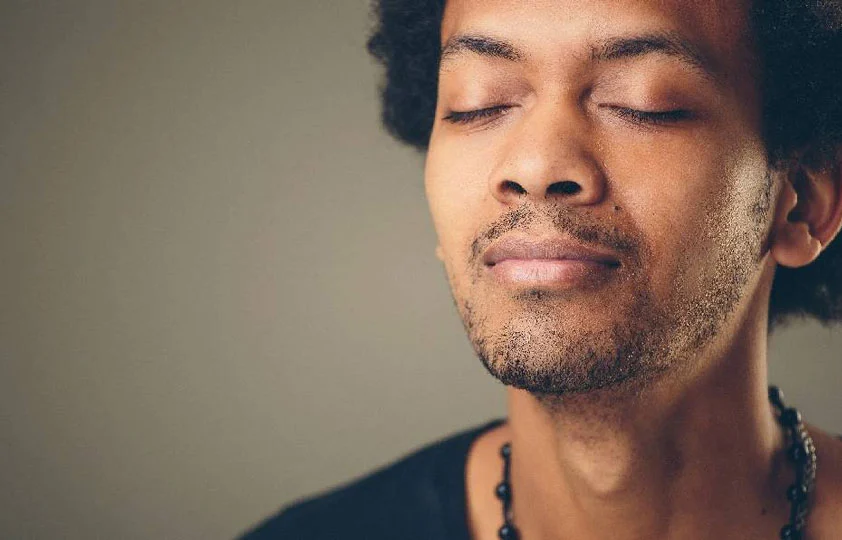We all know oxygen is essential, and, therefore, breathing is necessary for survival. Without adequate intake of oxygenated air, we experience mild symptoms such as dizziness and headaches, or serious symptoms leading to interference of heart and brain function. Breathing is normal and natural, and most of us never need to think twice about doing it. Along with keeping you alive (as if that weren’t enough), oxygen plays other key roles within your body. Did you know oxygen helps repair cells, aids the immune system, and strengthens muscles? The act of breathing is also crucial in reducing stress and helping us think clearly. If you haven’t picked up on it yet, proper breathing has a tremendous impact on our lives.
Let’s learn more about the different types of breathing, how to do them properly, and the large impact they have on our health.
How many types of breathing are there?
There are four types of breathing: eupnea, hyperpnea, tachypnea, and diaphragmatic.
Eupnea is “normal” relaxed breathing. It is involuntary (autonomic) and occurs when we are not overly exerted. Our body is relaxed as we inhale and exhale at a slow, even rate.
Hyperpnea is very deep breathing and may or may not be rapid. Simply put, it is breathing IN more air than you normally would. It is common in high altitudes, but we also experience it after exercise, during an asthma attack, or when we are sick with a fever. Our body automatically responds this way when it decides we NEED more oxygen. Hyperpnea differs from hyperventilation, as hyperventilation is when you are breathing OUT more than you breathe in.
Tachypnea is shallow, rapid breathing. It may present when we feel in danger, have anxiety, or are under stress. Like hyperpnea, it can also happen during an asthma attack or with intense exercise. Tachypnea is also caused by illnesses that limit how much air your lungs can take in, such as COPD or pneumonia. The biggest symptom is the increased rate of breath, without an increased volume of air being inhaled/exhaled. The lungs are not fully filling with air, so your body is not getting all the oxygen it needs in each breath.
Diaphragmatic breathing or “Belly Breathing” is taking deep, thoughtful breaths and maximizing the exchange of incoming oxygen and outgoing carbon dioxide. Your diaphragm and abdominal muscles are engaged/pulled downward so that the lungs are fully filling with air, and thus making your belly stick out. As you exhale your belly is sucked in and diaphragm muscle is engaged again, this time to push all the air out. This process fills and empties your lungs completely with each breath cycle. Diaphragmatic breathing is very calming. It lowers your heart rate, regulates blood pressure, and can help eliminate stress. It is the most efficient way to route oxygen throughout your body. At first, it may take effort to practice this type of breathing, but with time can feel very natural and satisfying.
PHEW, that was a lot of info, but don’t hold your breath, there’s more 🙂
How can I practice proper breathing?


A simple way to remember the rhythm is “Smell the Roses, Blow out the Candles.” Start by finding a safe, quiet place, closing your eyes, and relaxing your shoulders. Imagine you are standing in front of your favorite fragrant flowers and a delicious birthday cake adorned with candles…
- Place one hand at the bottom of your rib cage and one hand just below your belly button. This will help you feel how your body responds to your deep relaxing breaths.
- Breath in slowly through your nose and imagine inhaling a lovely scent. Feel your top hand sink in as your diaphragm engages downward and your lower hand jut out as your belly expands.
- Hold this for a moment as your lungs fully expand with air.
- Now time to breath out. As you exhale, imagine you are blowing out the candles on a birthday cake. Feel your upper hand tilt as your diaphragm pushes the air up and out; your lower hand settling into your relaxed stomach muscles. Keep your breath slow and even, imagining you are putting out a whole cake’s worth of candles.
- Repeat and practice this technique as often as you would like.
As you know, oxygen is the lifeline for survival and well-being. Regulating how you receive it and how it is circulated impacts you both physically and mentally. Along with exercise and nutrition, proper breathing is critical to being in good health. If your body requires more than deep breathing to heal itself, give SportsCare or Armworks a call or schedule an appointment online. Our professional Physical Therapists can help alleviate the ailments stress produces, or help train the muscles required for slow, controlled, deep rhythmic breathing.
Remember, DEEP BREATH, you’ve got this!

